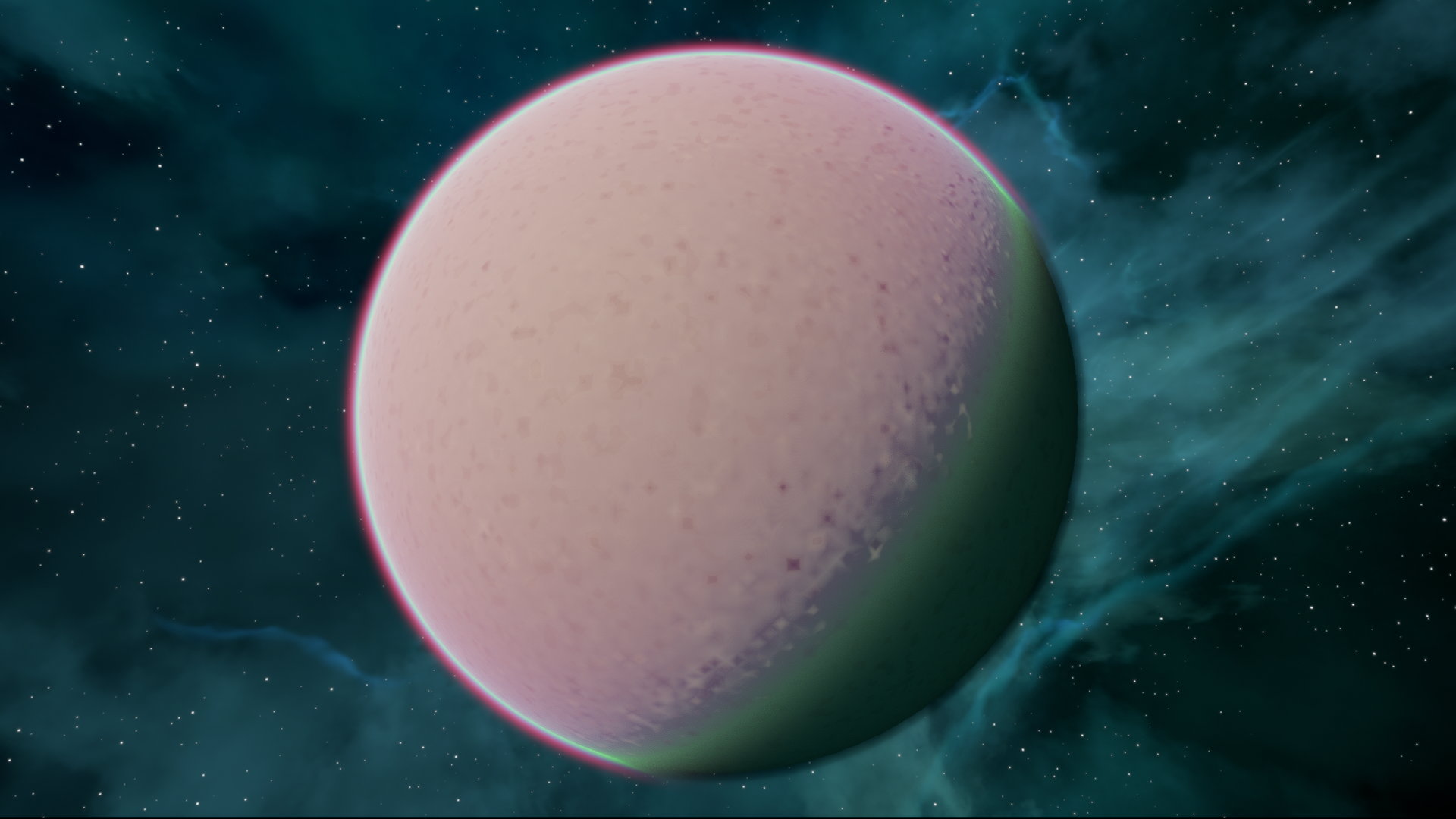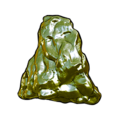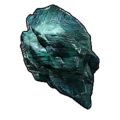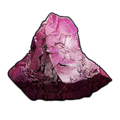Difference between revisions of "Euphrosyne"
| Line 9: | Line 9: | ||
}} | }} | ||
{{SB Infobox Celestial Body General Information | {{SB Infobox Celestial Body General Information | ||
|pronunciation={{IPAc-en|j|uː|ˈ|f|r|ɒ|z|ᵻ|n|iː}} | |pronunciation={{IPAc-en|j|uː|ˈ|f|r|ɒ|.|z|ᵻ|.|n|iː}} | ||
|languageOrigin=[[wikipedia:Ancient_Greek|Ancient Greek]] | |languageOrigin=[[wikipedia:Ancient_Greek|Ancient Greek]] | ||
|ipaKey=[[wikipedia:Ancient_Greek_phonology|key]] | |ipaKey=[[wikipedia:Ancient_Greek_phonology|key]] | ||
Revision as of 21:23, 28 June 2024
(Ancient Greek) - IPA(key)
Euphrosyne (/juːˈfrɒzɪniː/) is a relatively flat moon, with wide open plains separated by low mountain ridges. Its atmosphere hangs unusually low for a moon of its size, contributing to a dense fog that persists throughout the day. Though a rosy pink from above, Euphrosyne's atmosphere is comprised of a range of pastel greens and blues at its surface.
Nomenclature
In ancient Greek religion and mythology, Euphrosyne is a goddess and one of the three Charites, known in ancient Rome as the Gratiae (Graces). She is a goddess of good cheer, joy, and mirth. Her name is the female version of the word euphrosynos, "merriment". Pindar wrote that these goddesses were created to fill the world with pleasant moments and good will.
Not even the gods arrange dances or feasts without the holy Graces, who oversee everything that is done in heaven; with their thrones set beside Pythian Apollo of the golden bow, they worship the everlasting honor of the Olympian father. Lady Aglaia, and Euphrosyne, lover of dance and song, daughters of the strongest god, listen now; and you, Thalia, passionate for dance and song, having looked with favor on this victory procession, stepping lightly in honor of gracious fortune.
Euphrosyne is an almost identical reflection of its two sister moons, Aglaea and Thalia.









